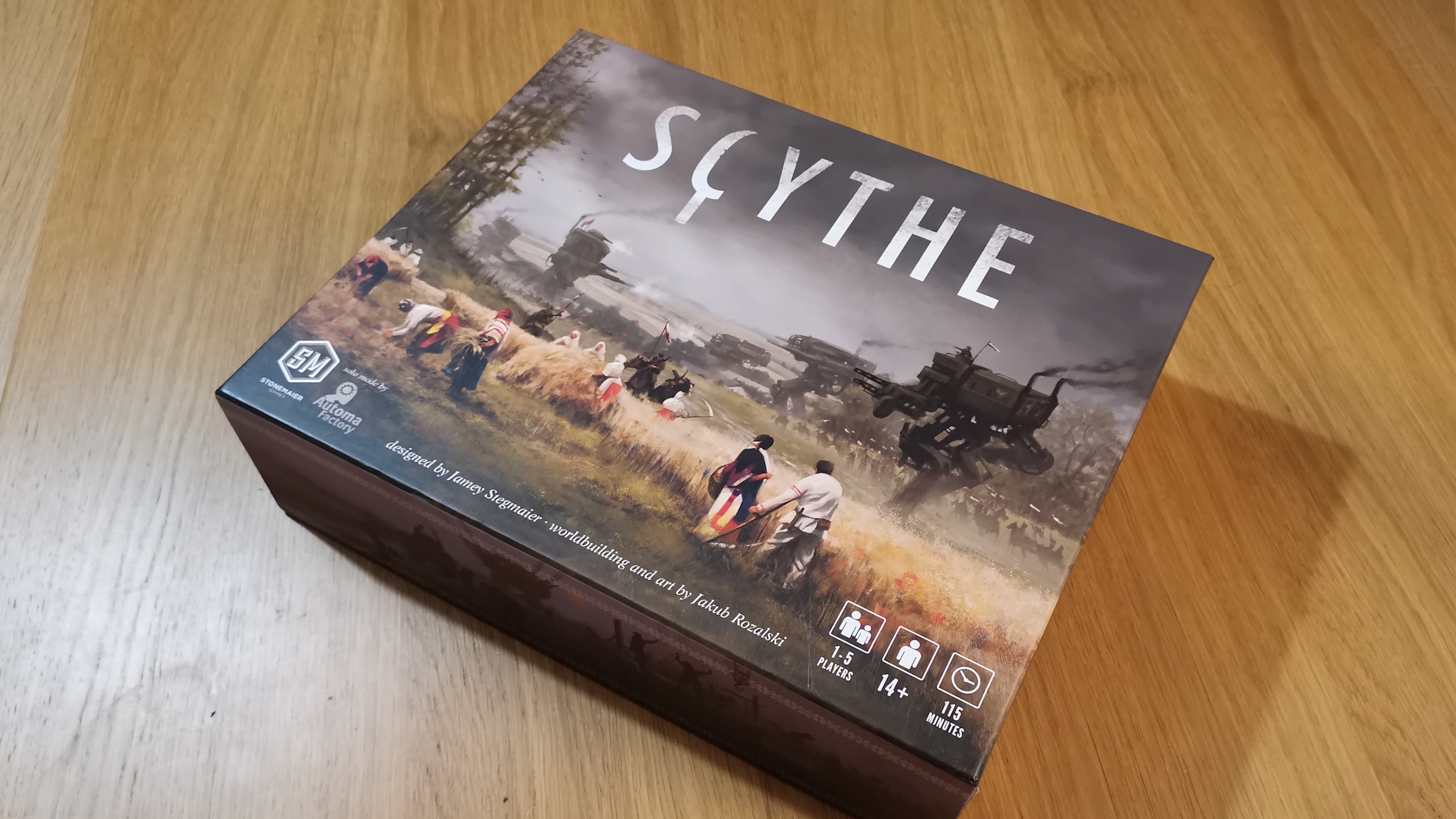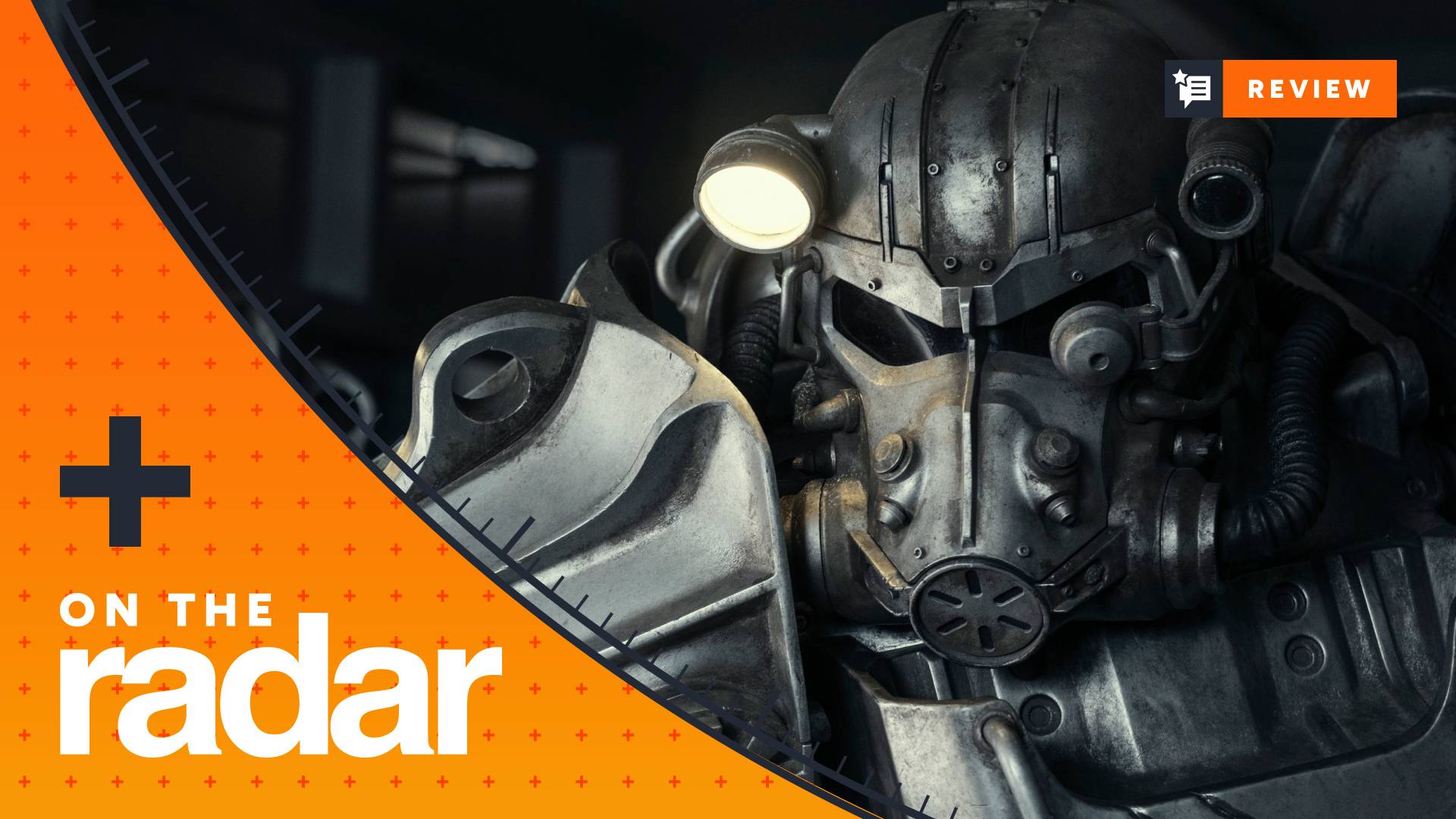"If I'm making Superman for the first time today in 2024, what does he look like?" Jason Aaron on reinventing the Man of Steel
Interview | Absolute Superman writer Jason Aaron reveals more about one of the year's biggest launches
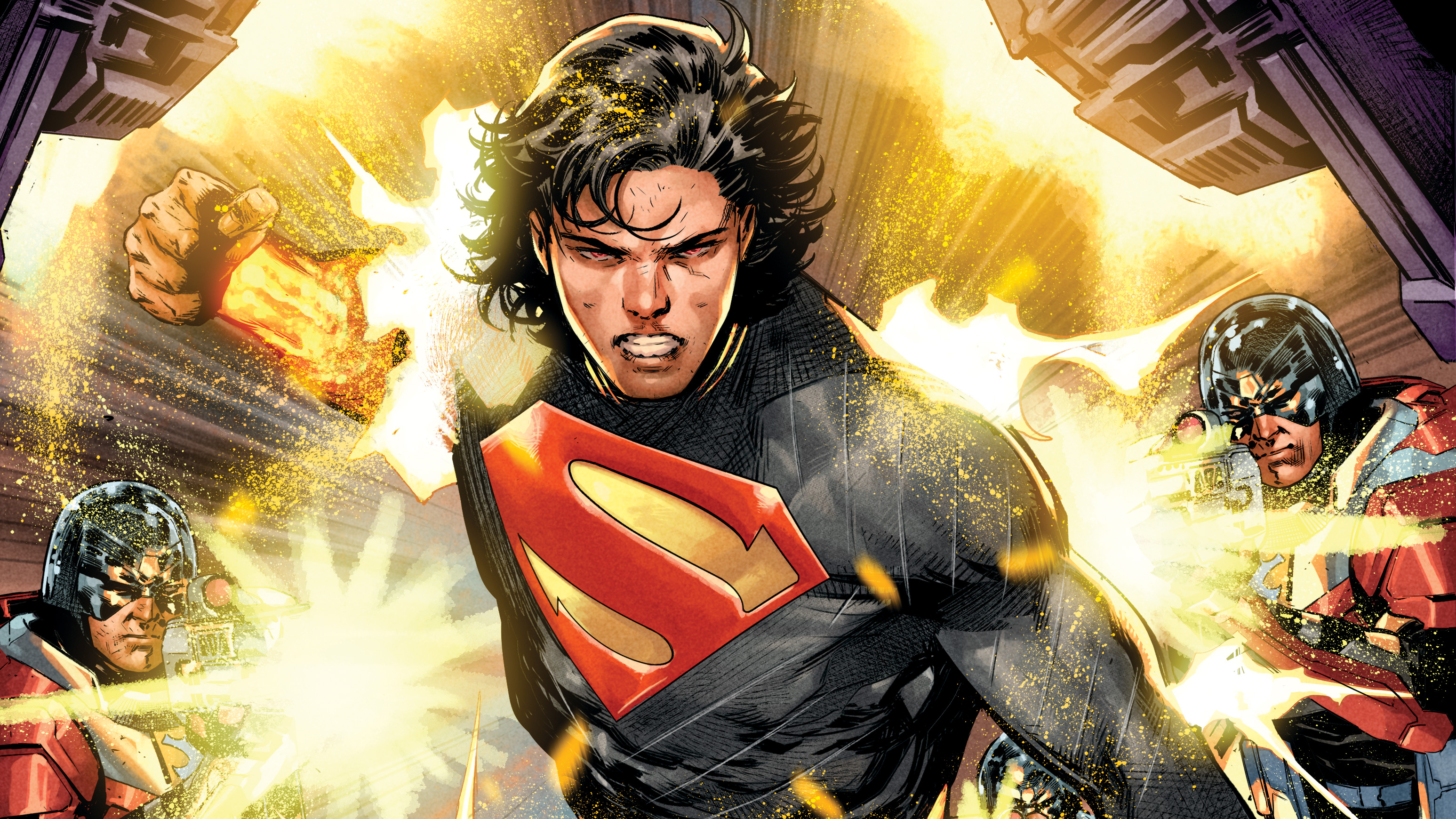
DC's new Absolute Universe exploded into life last week with the release of Absolute Batman #1 – the first of a trio of initial titles that will reinvent DC's trinity in a tough new reality. Next week's Absolute Wonder Woman #1, from the team of Kelly Thompson and Hayden Sherman, will shine the spotlight on the amazing Amazon – you can find out more about that one here. But it's the third book, launching in early November, that we're here to talk about today...
Absolute Superman is a ground-up reinvention of the Man of Steel from writer Jason Aaron, artist Rafa Sandoval, colorist Ulises Arreola, and letterer Becca Carey. It has the unenviable task of putting a fresh and relevant new spin on arguably, if not the first, then certainly the most influential superhero of all time. Remarkably, from what we've seen of the new issue, it seems like the team may just have pulled it off...
Newsarama caught up with Aaron to find out more. At the time of our interview, we'd not yet been able to see a finished copy of the first issue, which had just arrived with Aaron and which he showed us proudly over Zoom...
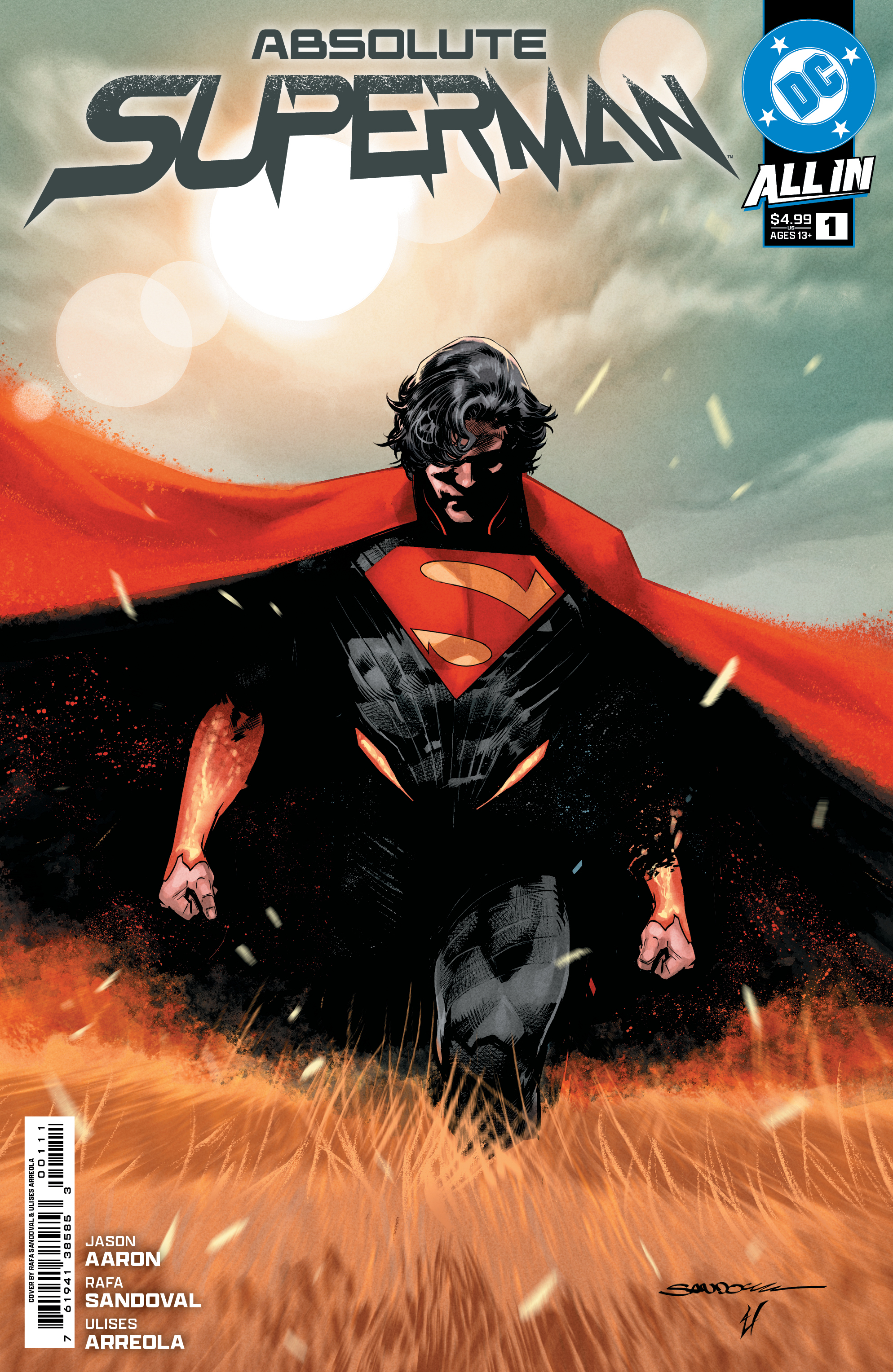
Newsarama: Jason, obviously you've written a lot of comics at this point, but do you still get that buzz when you get to hold a new issue in your hands for the first time?
Jason Aaron: Oh, for sure, yeah, absolutely. Especially when it's something so new. I wrote three issues of Action Comics earlier this year, which was a huge thrill, getting to write Superman for the first time. Despite having been doing this professionally for almost 20 years now, there was still a moment where it felt like it was my first gig, like I was just starting out. I love that sense of challenge and excitement and giddiness. And I absolutely feel that with this, because it's Superman – but a wholly fresh, new version of Superman that me and Rafa got to build completely ourselves.
How did you come onboard this project?
The first I heard about it was Scott Snyder called me up and pitched to me what he was thinking in terms of doing this brand new universe, and he had some ideas for Batman that I thought were really exciting. I kind of wasn't looking to jump into a big ongoing project – I was actively not looking for those things, but I realized this is an opportunity I couldn't pass up. This is the kind of thing that doesn't come around very often: to get to create my own version of Superman, to reinterpret him in this way.
Get the best comic news, insights, opinions, analysis and more!
Had you already written Action Comics at that point?
It was right around the same time, I think? I don't think I'd written Action Comics yet, but I'd agreed to do it. I was working on the Batman: Off World series and had agreed to do Action Comics, but that was extent of my DC commitment so far. And then this became the big one that I wanted to sign up for.

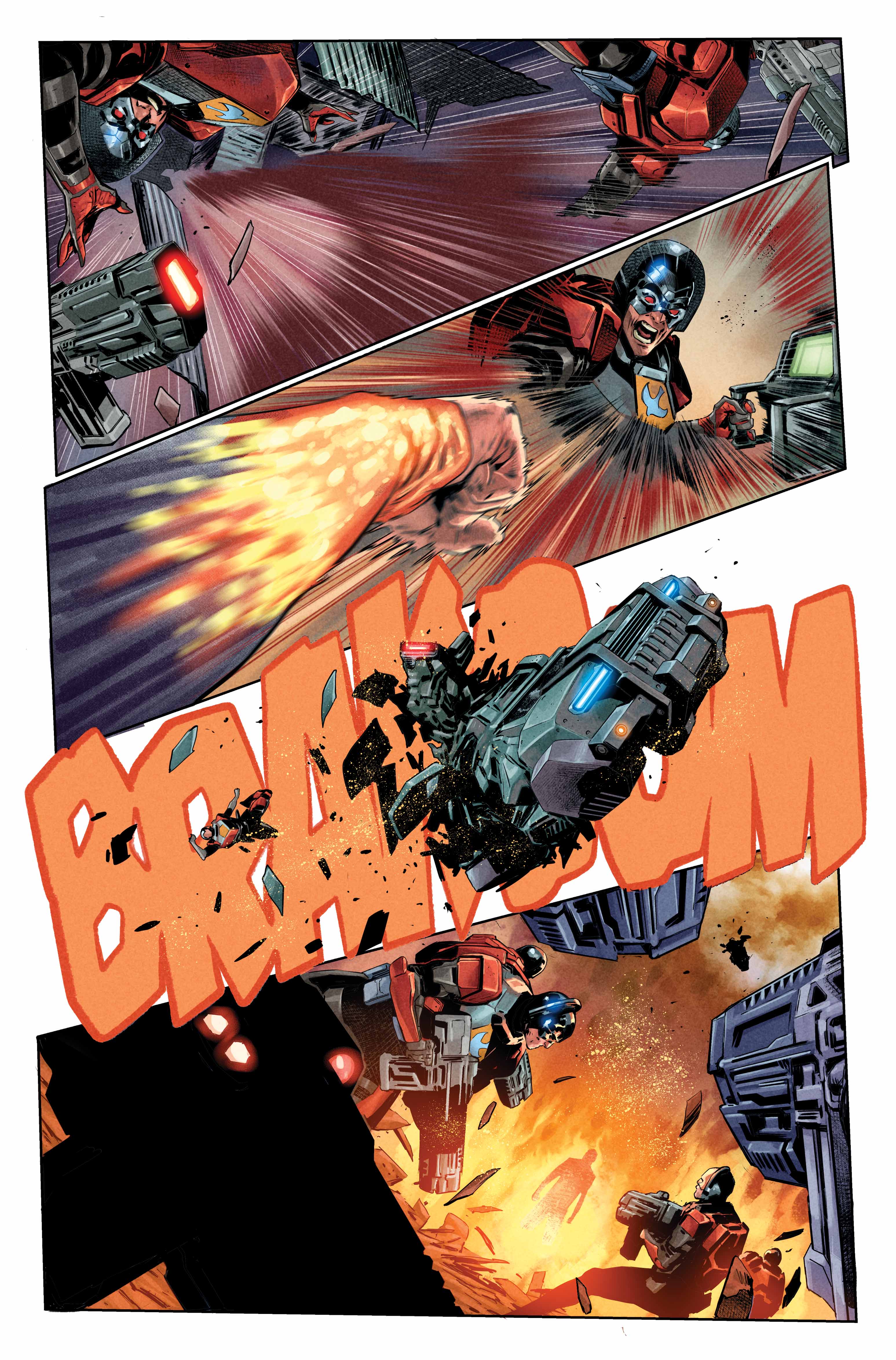
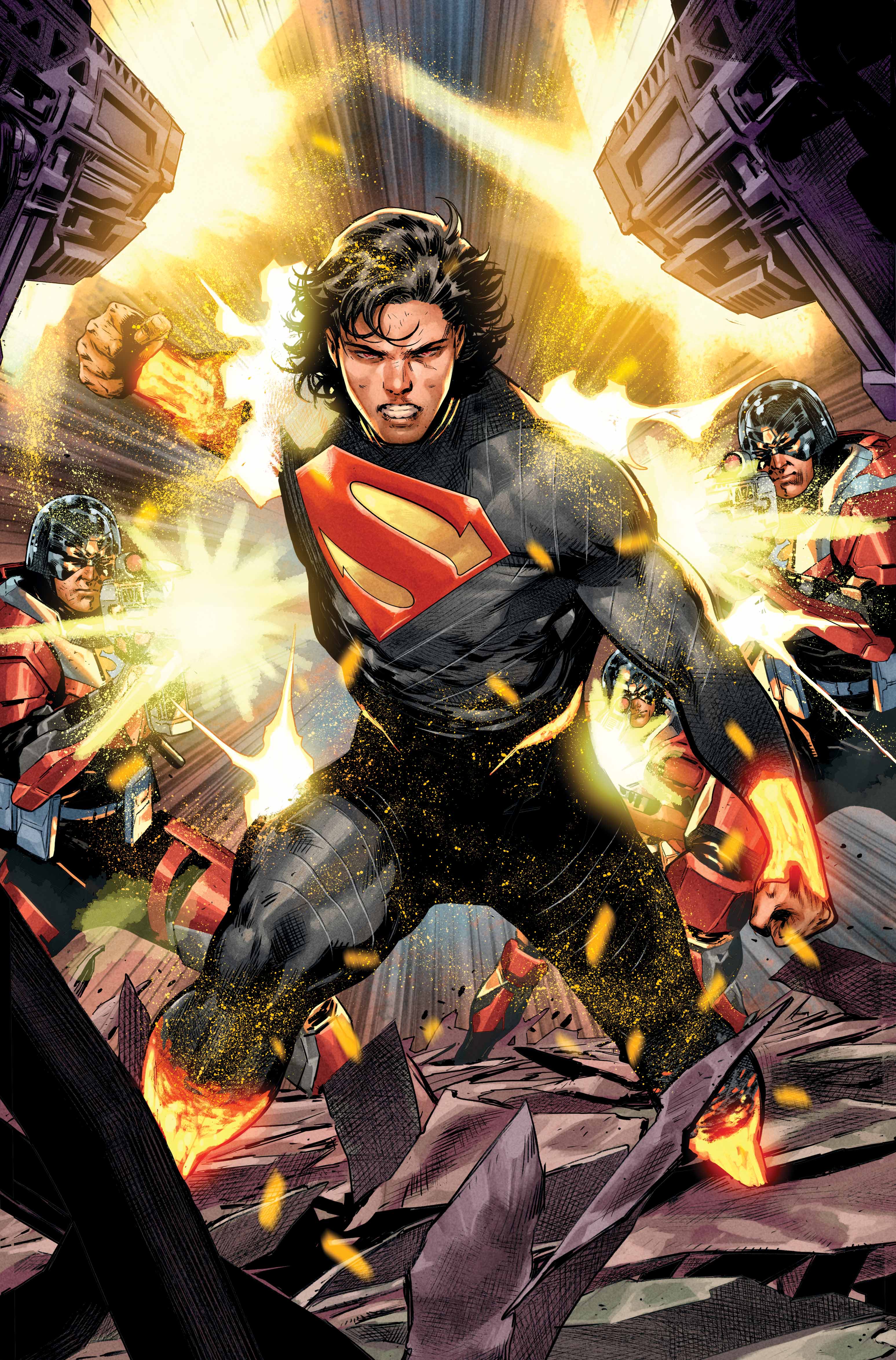
So how exactly do you go about the task of reinventing Superman?
It all kind of fell in place pretty quickly and easily for me. I looked at a lot of the different reinterpretations of Superman over the years. I first got into comics in the mid '80s, so when Crisis on Infinite Earths came along, that was a huge touchstone for me. And then so many of the characters got kind of rebooted and reinterpreted after that. I looked at all the different ways Superman has been debuted and relaunched over the years, and the comics and movies and cartoons, and thought about the things I liked about all those, and the things I wanted to do differently.
Some of it was just going back and looking at Siegel and Shuster and who they were, and why they created that character, and what he meant to them, what he stood for at the time. One of the main things with this universe was to look at it as if we were creating these characters today. Like, if I'm making up Superman for the first time today in 2024, what does he look like? What choices do we make that you wouldn't have necessarily made in 1938? So that was really the driving force for it. And once I kind of had that, everything started to fall into place.


One of the things that links your book with Absolute Batman and Absolute Wonder Woman is that these are all versions of the characters who have things taken away from them. In Superman's case, he doesn't have the Fortress of Solitude, doesn't have his family. How does that change him as a character?
That was another driving point for this universe – putting these characters in danger and making them more isolated than we're used to seeing them. One of the big books debuting this year in the regular DC Universe is Mark Wade's Justice League, where the whole idea is that everybody can be in the Justice League, right? So you're talking about a book that's going to be filled with characters from throughout the DCU. You look at the the Batman family of titles and the Superman family of titles, and these characters stand with so many other supporting characters and friends and there's such a legacy to it. The Absolute Universe has none of that. We'll explore the history and the backstory of this world as we go, but when you pick up Absolute Batman #1 and Absolute Wonder Woman #1 and Absolute Superman #1, you're meeting these characters as they debut to the world. And it's a world where the landscape is very, very different from the DCU that we know. And yeah, part of that is you strip away the comforts and things that these characters have had in the past, and they all feel much more alone and in danger.


With Superman, I think to me the heart of that goes back to asking 'What did that character mean to Siegel and Shuster?' It was two young immigrants who came to this country. Superman was this idealized immigrant story, right? He's partly the Moses story, the babe who's put in the basket and sent down the river, and then he, he comes here, and he has this very idyllic upbringing in the fields of Kansas, goes to the big city and gets a great job. I think if you're looking at telling the story of a young immigrant coming to this country today, it's probably not going to be that, right? It's a very different culture, a very different climate. So I think some of it with Superman was stripping away those comforts from his story, without throwing out the parts of it that made him the character that we love, right?
We'll reveal things as we go in terms of what his life was like on Krypton, how he came to be here, what happened once he came here, but some of those pieces won't be filled in for a bit. You don't get all the answers right away, but it's clear pretty quickly that he did not have the idyllic life that we're used to seeing with the young Clark Kent. He's had a rough road, which has created a young Superman who's a bit more rough around the edges, a bit wilder, and very worldly. He's seen more of the planet than any human being alive, in both good and bad ways, so he feels very conflicted about this planet and his place here. He's still searching for that place, still searching for any kind of sense of family and belonging.
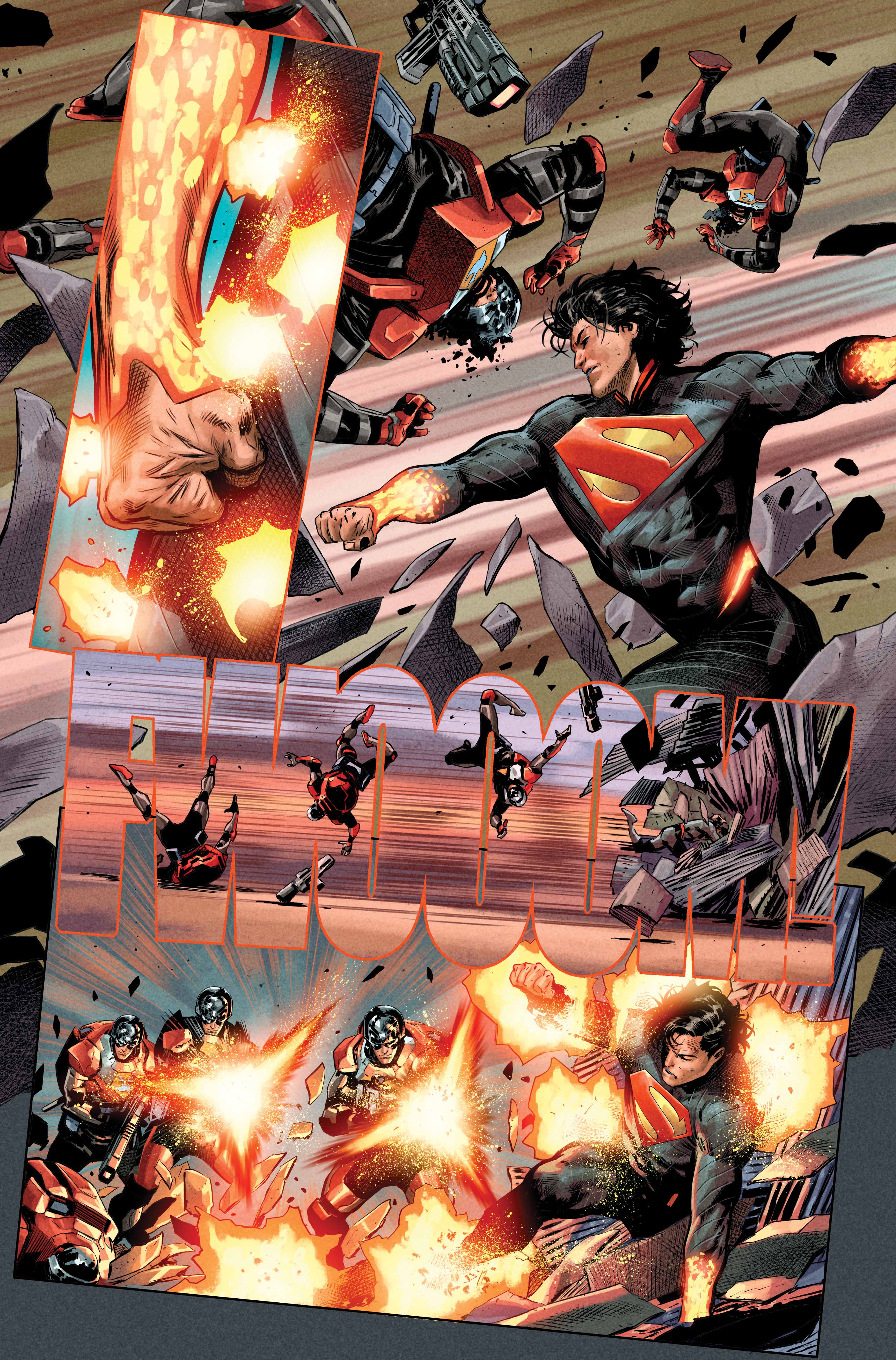
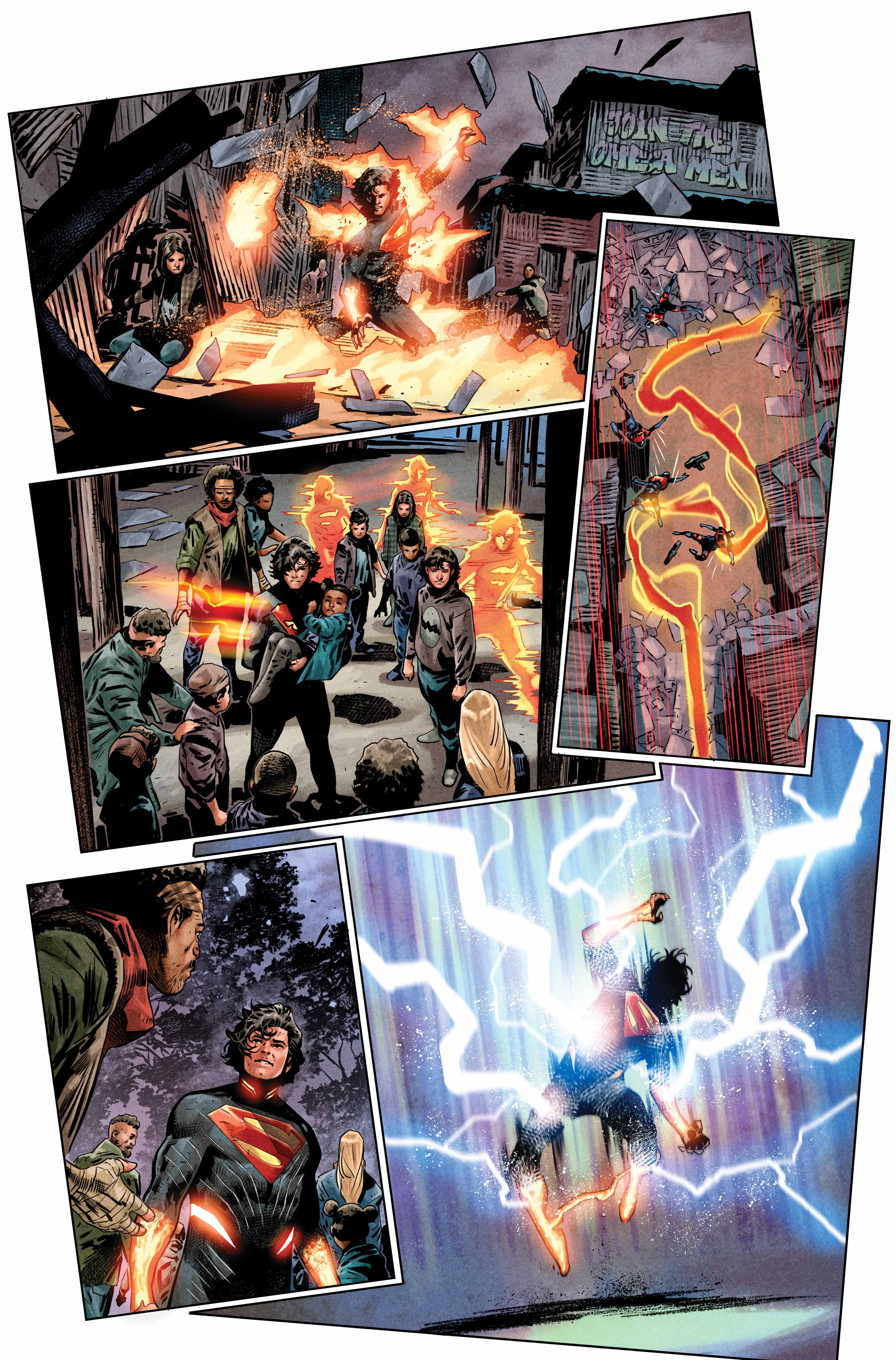
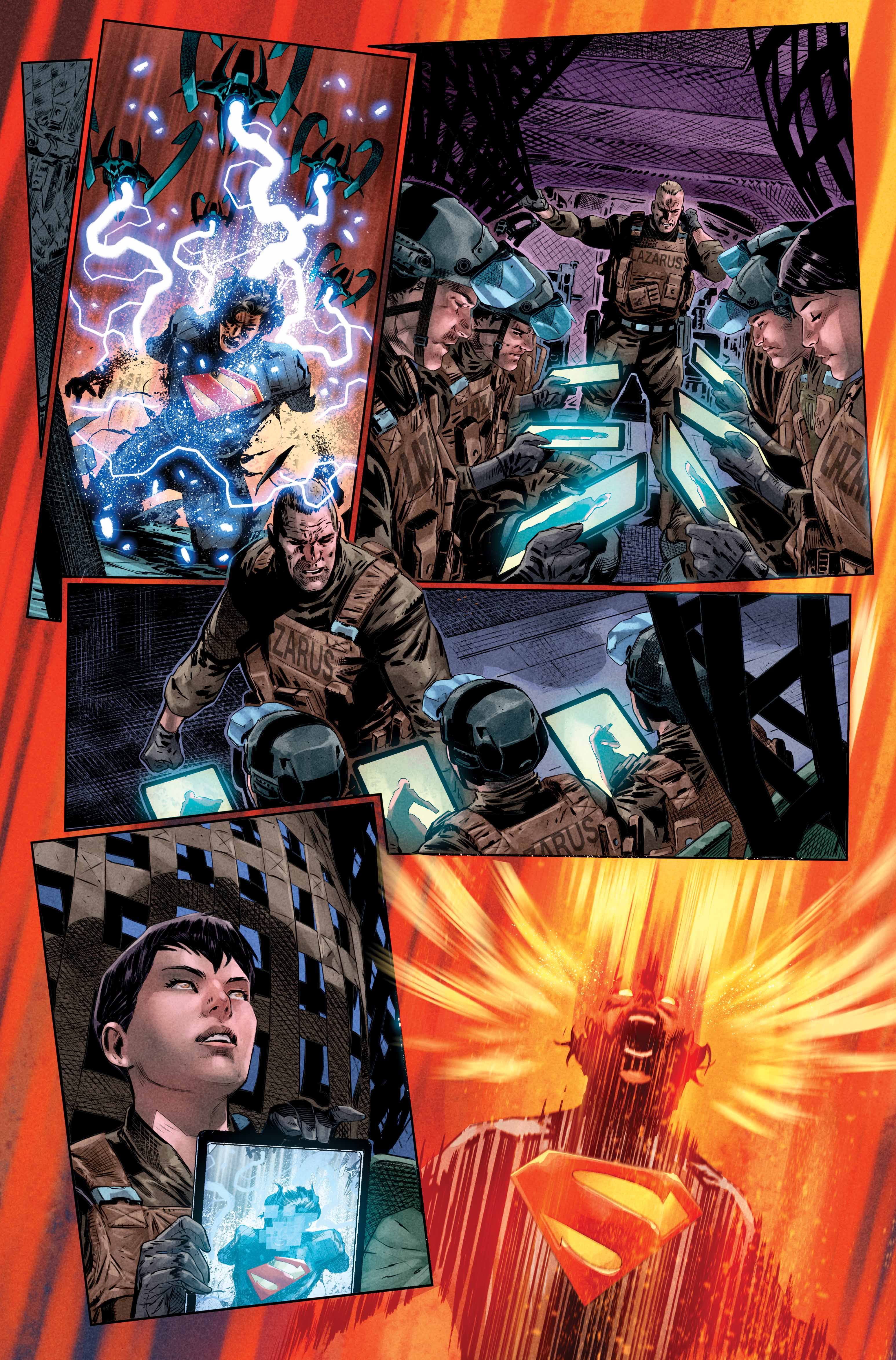
What are the threats that he'll be facing in these early issues?
Well, you can see from the cover of #2 that he's fighting a whole army of Peacemakers. They're not the main villain of the story – these are the foot soldiers of the main villain. The main threat in these early issues is Lazarus Corp. Outside of Peacemaker, there are two other villains that will be a part of this first big opening story. One of them is a traditional Superman villain and one of them is very much not. You will see Lex Luthor at some point, but I think you can assume it's not going to be the kind of Luthor story you expect.
One of the things I noticed when I was looking at the different interpretations of Superman is that so many of them would have the familiar pieces in the places that we expected them to be, and I very much wanted to do the opposite of that. Anytime we meet a character in this book that we know from Superman's previous stories, they are not where they "should be." Some of that speaks to the nature of this world that is broken and so nothing has worked out like it should have, and some of that was about shaking up the villains. I didn't want to launch with another Superman versus Luthor story. I needed a villain that also spoke to the specific story I'm telling, in terms of what Superman's life has been like once he came to Earth and the hardships he's endured, the worst parts of the planet that he's seen, and Lazarus Corp is kind of the force that's at the very heart of that.
What is it like for you writing this younger Man of Steel?
I think that it goes back to when I was writing Jane Foster Thor. I loved writing a character who was kind of getting those powers for the first time and loving it but also struggling with it. All the good things and the bad things that come with that. So with this, I want to enjoy the ride of a young, raw Superman. It takes a while for him to get close to what we would consider, a fully formed Superman. There will be surprises and twists and turns along the way – you don't get to #3 and everything is settled and resolved. There are surprises in #5 and #6, and #12, that's the beginning of a big journey.

How has it been working with Rafa Sandoval on this book?
Rafa has done so many big books at DC over the years and done a lot of Superman, so I was excited that he seemed excited to do this. Visually the costume is very, very different, the way we show some of his powers is very different. The landscape of Krypton, so many things that are traditional pieces that we've seen time and time again, we wanted to try to push beyond that and do a new take on so many of those. And I think Rafa's very much leaned into that. One of my favorite things that he's done was the first piece he turned in, which is sort of like the cover to #1 but I don't think it's a piece we've used for anything yet. It's just sort of a mood piece, with Superman standing in the midst of a field of wheat in Kansas, which we've seen time and time again, but this one has sort of a darkness to it. It's a Superman who's standing in the sun, but also he's mostly in shadow, his hair hanging down in front of his face, and then the dusty texture of his cape, gives it a very kind of different feel. I think it tells you in that one image the heart of what this book is trying to do.
What do you hope that people get from this series?
I hope people jump on board for the journey with all of these books. I think everybody working on the Absolute books has been swinging for the fences and knocking it out of the park. I think you can feel a palpable sense of us pushing each other to greater heights. It's a really exciting crop of creators and new takes on characters that we all grew up with. And for me, once I signed on for this, I was in 110%. I live in Kansas – I think I'm the first comic book writer who actually lives in Kansas to take on an ongoing Superman book – so it means a lot to me. Superman was one of the characters that got me into comics in the first place, so I want this to be for my time at DC, what Thor was to my time at Marvel. I want to carve out a nice long run and say everything that I possibly have to say about this version of the character.
Absolute Superman #1 is published by DC on November 6.
These are the best Superman stories of all time.

Will Salmon is the Streaming Editor for GamesRadar+. He has been writing about film, TV, comics, and music for more than 15 years, which is quite a long time if you stop and think about it. At Future he launched the scary movie magazine Horrorville, relaunched Comic Heroes, and has written for every issue of SFX magazine for well over a decade. His music writing has appeared in The Quietus, MOJO, Electronic Sound, Clash, and loads of other places too.
